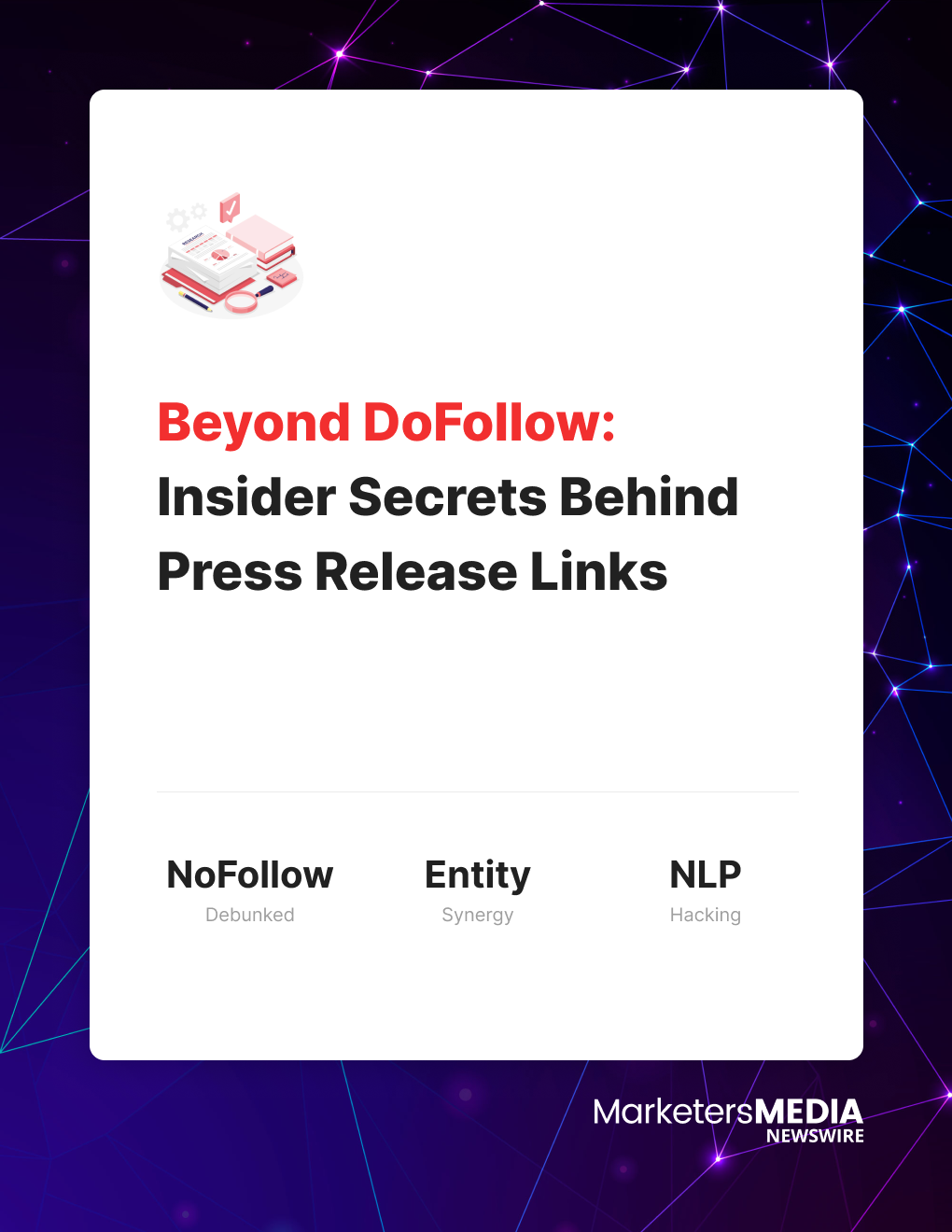
Beyond DoFollow: Insider Secrets Behind Press Releases Links
If you are from an SEO background, you probably have many questions about receiving thousands of backlinks from hundreds of different media outlets.
You are probably asking:
- Would all the backlinks be ‘dofollow’? (No, not all of them)
- If some sites are doing ‘nofollow’, wouldn’t that be worthless? (No, that’s not true)
- Why don’t I just get some dofollow from guest posts? (You can, but it is different)
These are all very fair and valid questions which we will cover in this study here today.
We’ll dive into their untapped potential and reveal how they can significantly impact your search, brand awareness, and industry recognition. We'll showcase real-life examples and explore advanced tactics that go beyond link-building to elevate your press release strategy to a whole new level.
By the end, you'll gain the knowledge and confidence to leverage all types of press release links strategically, helping your brand stand out online and become a recognized authority in your industry.
|
NoFollow
Debunked
|
Entity
Synergy
|
NLP
Hacking
|


